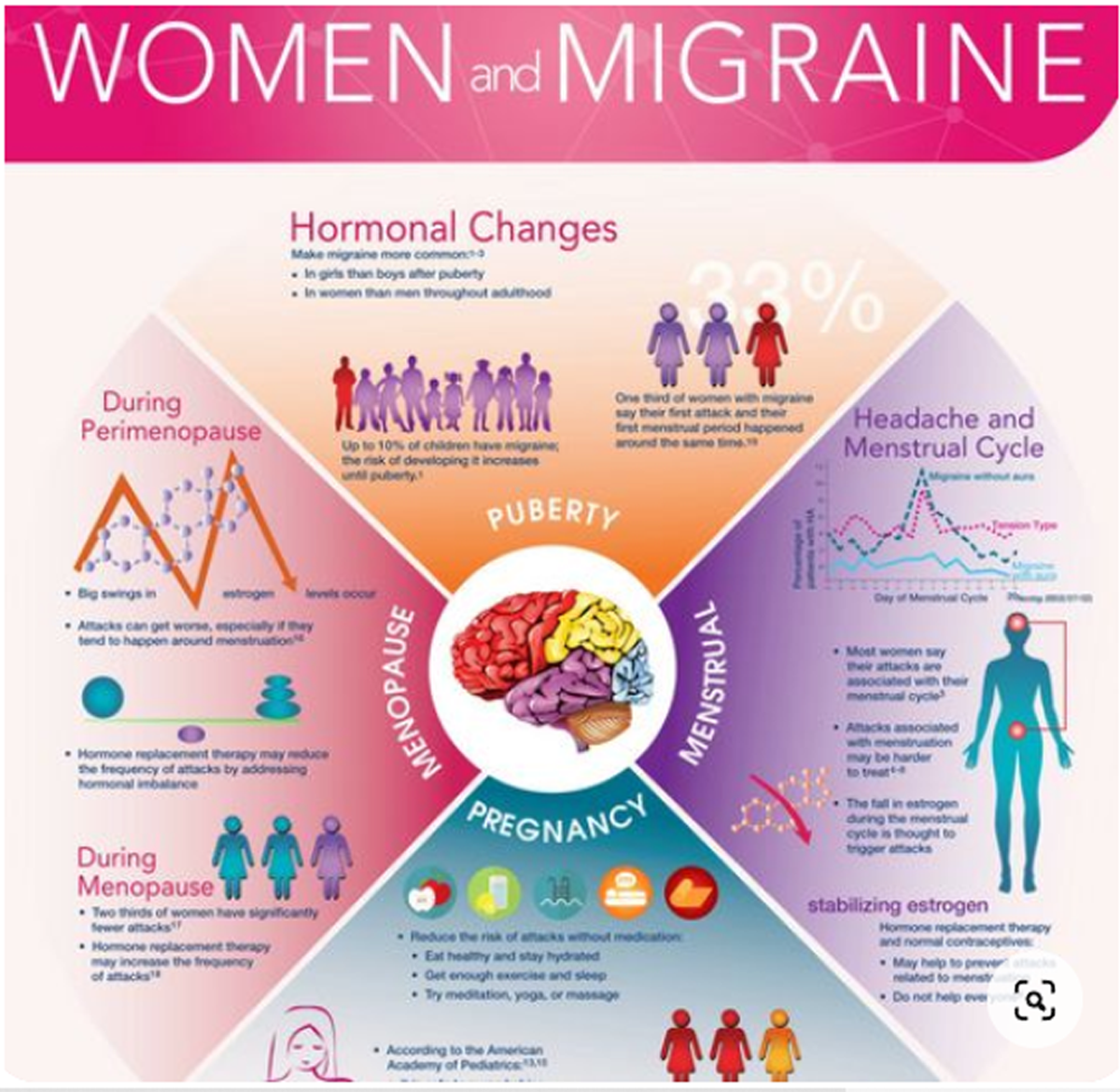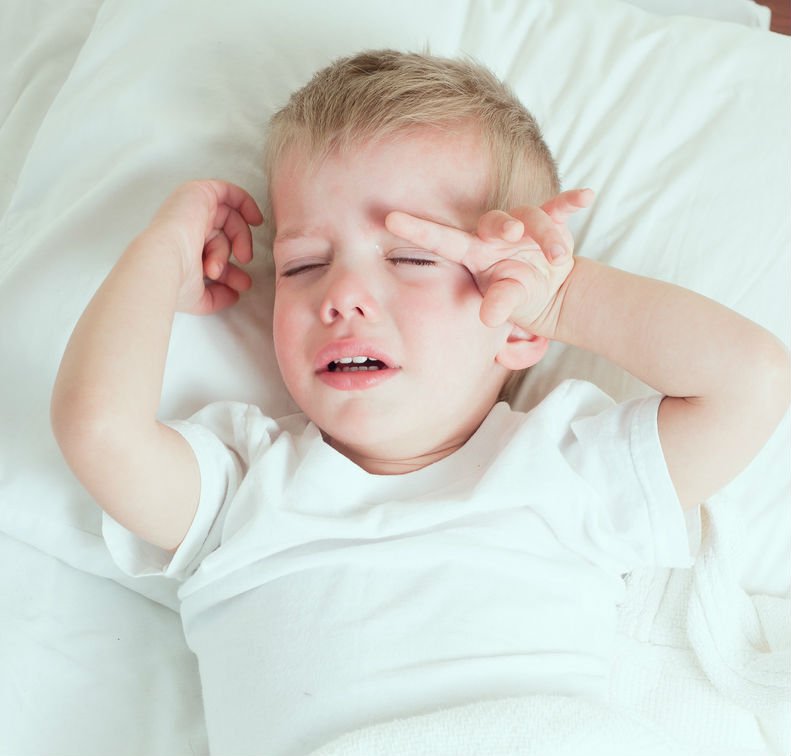Do Manual Therapy Techniques Have a Positive Effect on Quality of Life in People With Tension-type Headache? A Randomized Controlled Trial
SOURCE: Eur J Phys Rehabil Med. 2016 (Feb 29) [Epub]
Gemma V. Espí-López , Cleofas Rodríguez-Blanco, Angel Oliva-Pascual-Vaca, Francisco J. Molina-Martínez, Deborah Falla
Department of Physiotherapy,
University of Valencia,
Valencia, Spain
BACKGROUND: Controversy exists regarding the effectiveness of manual therapy for the relief of tension-type headache (TTH). However most studies have addressed the impact of therapy on the frequency and intensity of pain. No studies have evaluated the potentially significant effect on the patient’s quality of life.
AIM: To assess the quality of life of patients suffering from TTH treated for 4 weeks with different manual therapy techniques.
DESIGN: Factorial, randomized, single-blinded, controlled clinical trial.
SETTING: Specialized center for the treatment of headache.
POPULATION: Seventy-six (62 women) patients aged between 18 and 65 years (age: 39.9 ± 10.9) with either episodic or chronic TTH.
METHODS: Patients were divided into four groups: suboccipital inhibitory pressure; suboccipital spinal manipulation; a combination of the two treatments; control. Quality of life was assessed using the SF-12 questionnaire (considering both the overall score and the different dimensions) at the beginning and end of treatment, and after a one month follow-up.
RESULTS: Compared to baseline, the suboccipital inhibition treatment group showed a significant improvement in their overall quality of life at the one month follow-up and also showed specific improvement in the dimensions related to moderate physical activities, and in their emotional role. All the treatment groups, but not the control group, showed improvements in their physical role, bodily pain, and social functioning at the one month follow-up. Post treatment and at the one month follow-up, the combined treatment group (suboccipital inhibitory pressure and suboccipital spinal manipulation) showed improved vitality and the two treatment groups that involved manipulation showed improved mental health.
There are more articles like this @ our:
CONCLUSIONS: All three treatments were effective at changing different dimensions of quality of life, but the combined treatment showed the most change. The results support the effectiveness of treatments applied to the suboccipital region for patients with TTH.
CLINICAL REHABILITATION IMPACT: Manual therapy techniques applied to the suboccipital region, for as little as four weeks, offered a positive improvement in some aspects of quality of life of patient’s suffering with TTH.






Leave A Comment